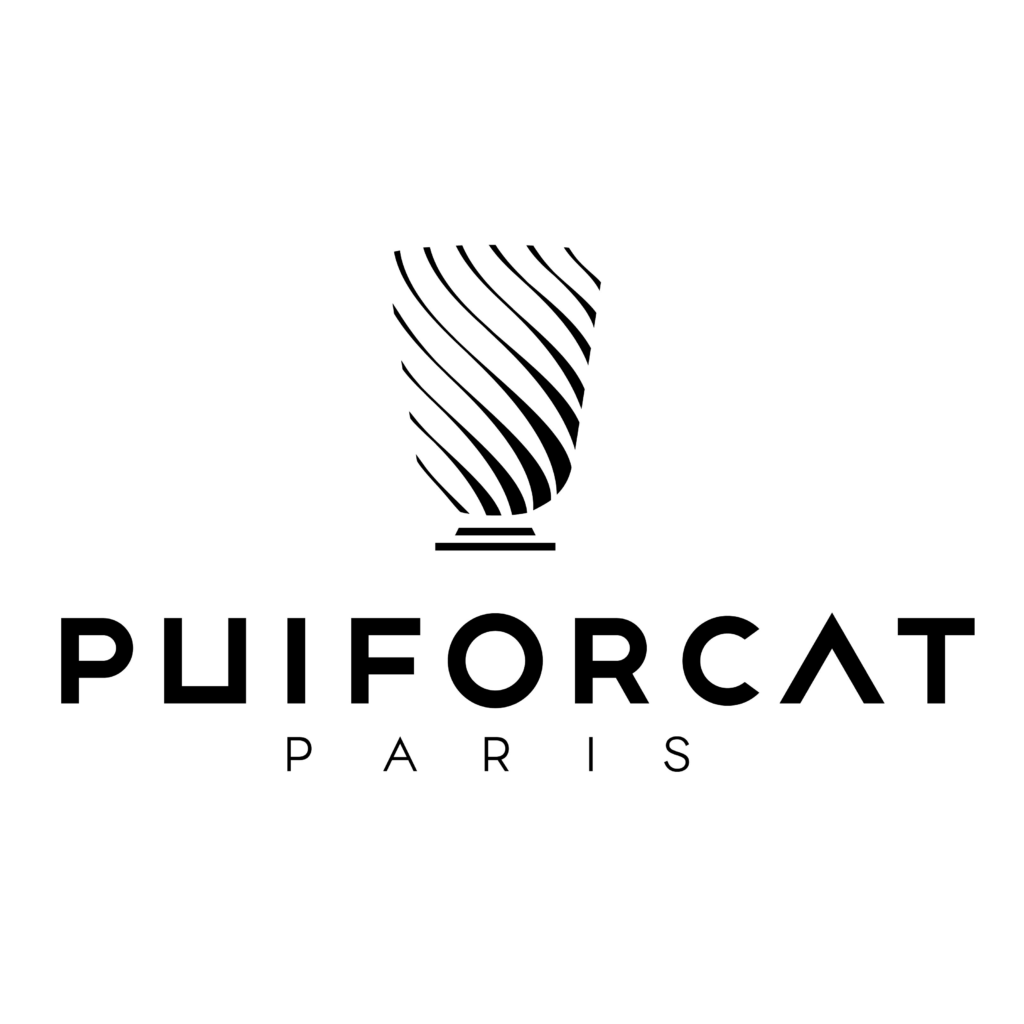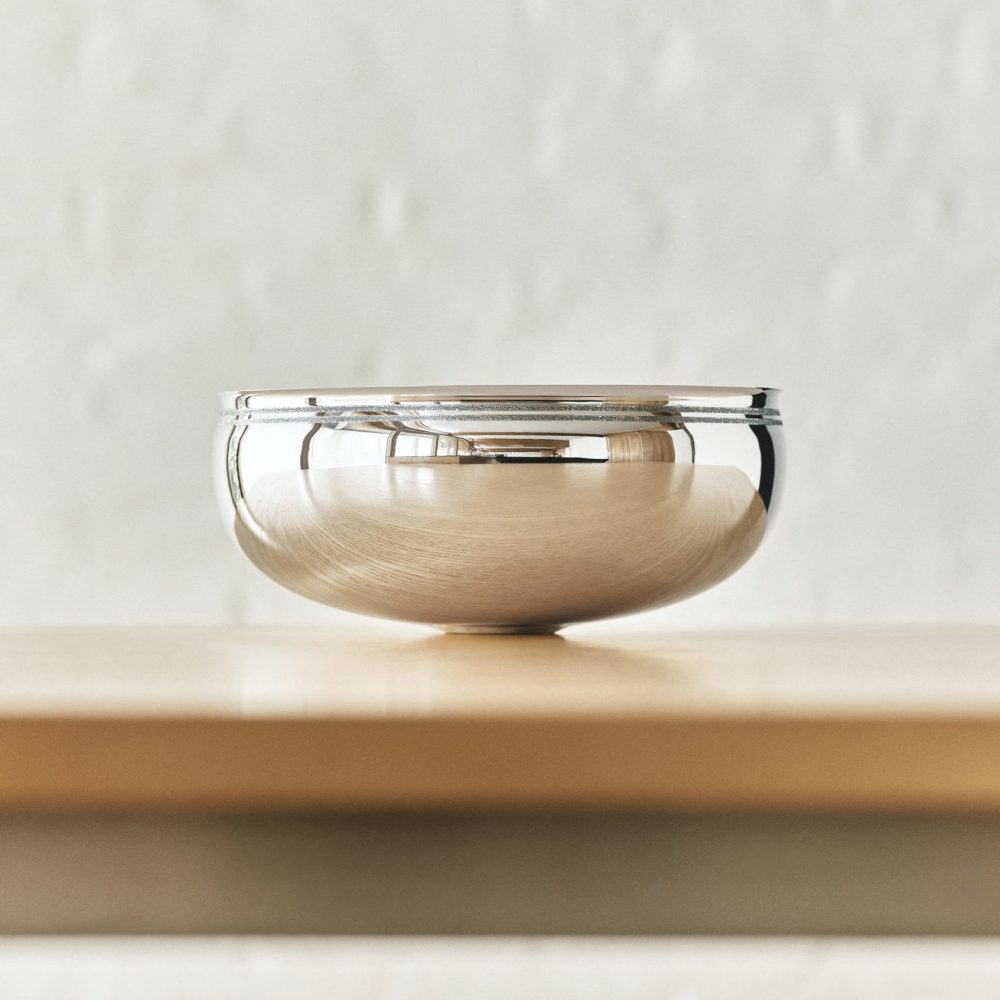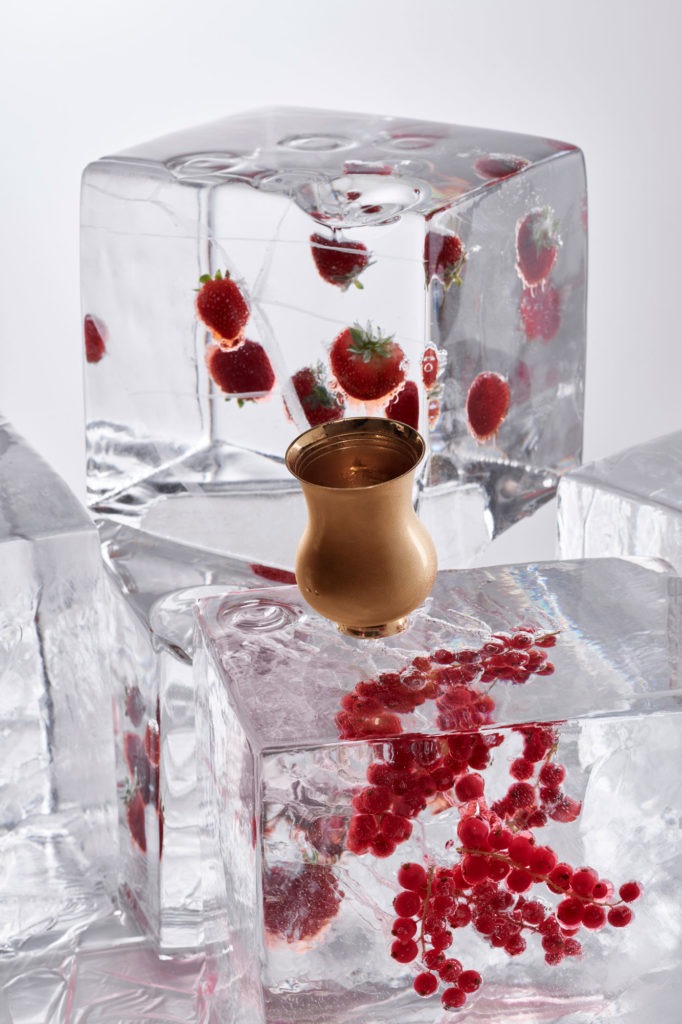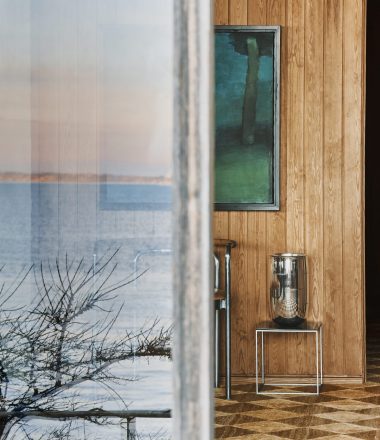
For generations, the Parisian manufactory Puiforcat has embodied the art of silversmithing in all its refinement. Yet its beginnings in 1820 were rather modest, when the brothers Emile and Joseph-Marie Puiforcat founded a cutlery workshop together with their cousin Jean-Baptiste Fuchs in Rue Chapon in the third arrondissement of Paris. The reputation of the workshop quickly established itself and grew considerably when Louis-Victor Puiforcat took over in 1902. The manufactory was soon known for its exceptional silverwork. All of Paris benefited from its know-how and perfectionism. For Louis-Victor had the beautiful idea of reviving the splendour of classical silversmithing, which had gradually been displaced by industrialisation. Under his influence, the tables of fashionable dining rooms were once again adorned with soup tureens of sterling silver, champagne cups of gold, sauce boats and other accessories – in other words, with all those pieces that made up the prestige of French table culture.
The grandson of the company’s founder, Jean E. Puiforcat, also learned the craft. As a sculptor, however, he took a completely different approach from his father, whose preference for classical silverware with ornate motifs had characterised the manufactory’s creations. Jean Puiforcat was intensively involved with the new style of Art Deco, the aesthetic movement that was on the rise in Belle Epoque Paris. The straightforward, no-frills architecture of the Palais de la Porte Dorée or the Grand Rex transformed the city and inspired artists. Jean Puiforcat adapted this new vocabulary to the world of silversmithing and produced sculptural objects with smooth surfaces, pleasing proportions and basic shapes such as cube, sphere, cylinder and cone. He used ornaments only very sparingly or dispensed with them altogether. Adorned with the shine of sterling silver and combined with exotic woods and gemstones, the sculptures he designed marked a turning point in the history of the decorative arts. Today, Jean E. Puiforcat is considered the most famous silver artist of the Art Deco period. He had a lasting influence on the formal language of the manufactory, without ever denying its roots.


Puiforcat has never rested on its long and rich history. Since 2010, the Manufacture has been working with renowned contemporary designers who help to revitalise the language of silversmithing. With their modern designs, these designers bring new momentum to the 200-year-old company while maintaining their great respect for the identity of the brand. Exceptional savoir-faire for tomorrow’s classics around the art of fine taste.
